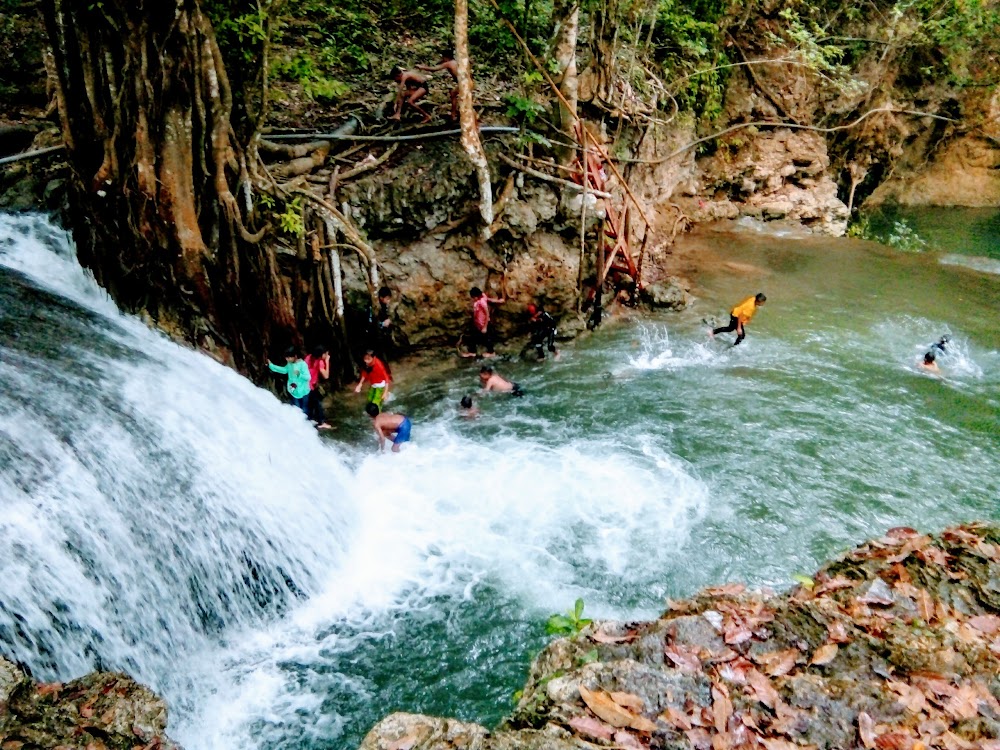Mount Rinjani (Gunung Rinjani)
Overview
Overview of Mount Rinjani
Mount Rinjani, towering at 3,726 meters, is Indonesia's second-highest volcano and a striking landmark in Nusa Tenggara Barat. This active stratovolcano is celebrated not only for its stunning scenery but also for its deep spiritual importance. At its peak, visitors are rewarded with breathtaking views of the island and the surrounding azure waters.
Geological History
The formation of Mount Rinjani is a fascinating tale of tectonic activity and volcanic eruptions spanning thousands of years. Its origins trace back to ancient geological shifts that allowed magma to rise, gradually sculpting the impressive structure we see today. The caldera, a large volcanic crater, was formed during a monumental eruption roughly 12,000 years ago and now envelops Segara Anak, a mesmerizing crater lake. Named "Child of the Sea," Segara Anak enchants with its turquoise waters, reminiscent of the ocean.
Volcanic Activity
Over the centuries, Mount Rinjani has undergone numerous eruptions that have continuously reshaped its landscape. Notably, significant eruptions took place in 1994, 2004, and 2010, each creating new craters and lava flows that hikers can explore on their journey up the mountain.
Cultural Significance
Beyond its geological marvels, Mount Rinjani holds profound spiritual significance for the local Sasak people and Balinese Hindus. They regard it as a sacred site, believing the deity Anjani resides within. Each year, pilgrims and locals conduct religious ceremonies at the summit and around the crater lake, offering prayers and offerings to honor the mountain spirit.
The Trekking Experience
The trek to Mount Rinjani's summit is renowned as one of Southeast Asia's most challenging yet fulfilling adventures. Starting typically from the villages of Senaru or Sembalun, the trails guide hikers through lush tropical forests, expansive savannahs, and rugged terrains, offering a constantly changing backdrop. The journey generally spans two to three days, culminating in a sense of accomplishment, despite the physical demands.
Camping and Scenic Views
An overnight camping experience at the crater rim is a highlight for many trekkers. Here, one can witness awe-inspiring sunsets and sunrises, with the sky ablaze in vibrant shades of orange, pink, and purple. At night, the star-filled sky over Mount Rinjani transforms the surroundings into a serene setting, providing a peaceful moment of reflection after a strenuous day of hiking.
Conservation Efforts
Preserving the natural beauty and ecosystem of Mount Rinjani is crucial for future generations. In 1997, the mountain and its surrounding areas were designated as Gunung Rinjani National Park. This initiative aims to safeguard the region's biodiversity and cultural heritage while promoting sustainable tourism.
Eco-Friendly Practices
Visitors are encouraged to adopt eco-friendly practices, such as carrying out all waste and respecting local customs and wildlife. These efforts are vital in maintaining Mount Rinjani's pristine condition, ensuring that its splendor can be enjoyed by future adventurers.
Conclusion
Mount Rinjani stands as a stunning testament to nature's grandeur and spiritual significance. Its rich geological history, coupled with its cultural importance, makes it a destination that offers more than just physical beauty—it's an enriching experience for all who venture to its heights.









